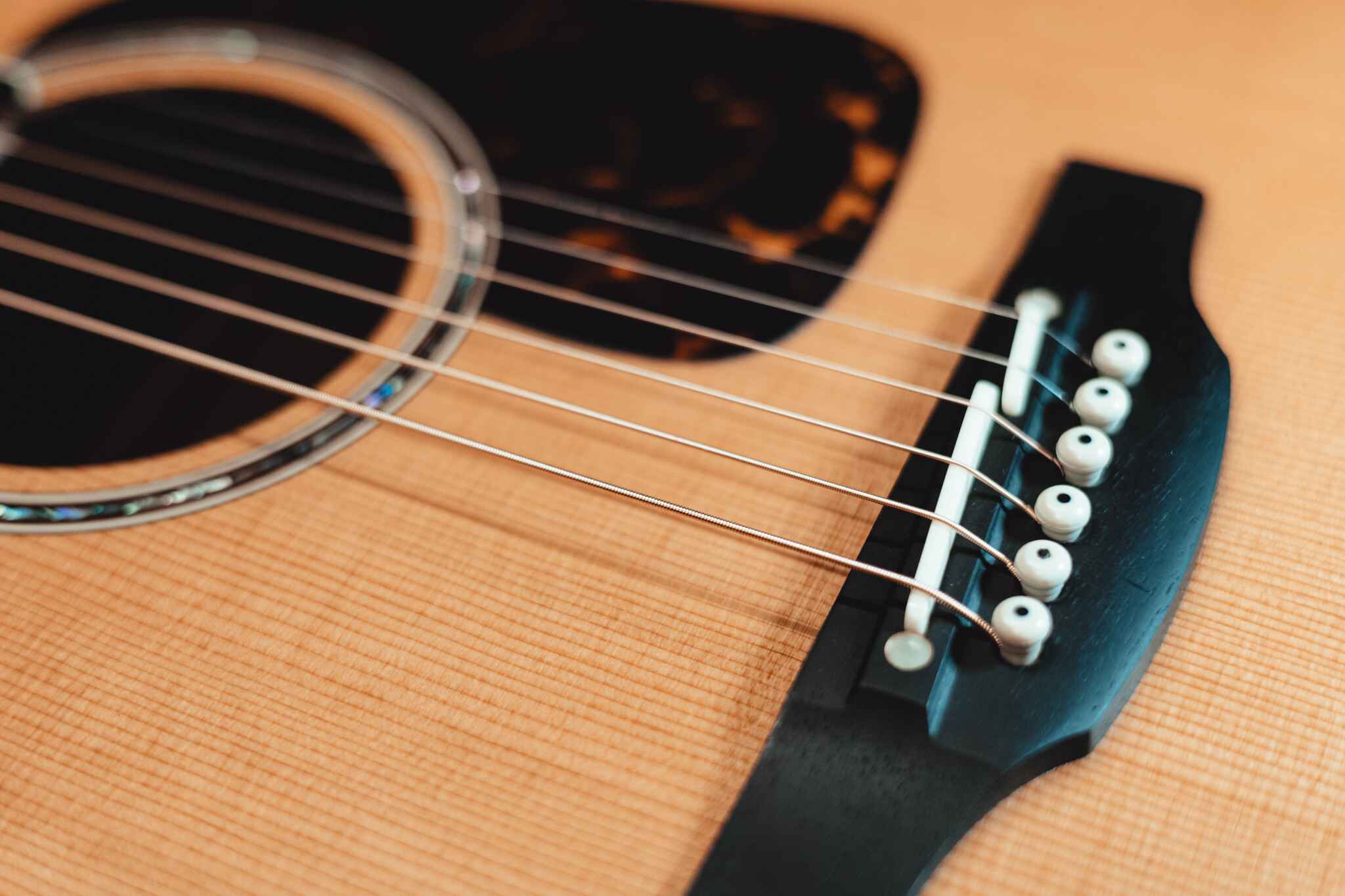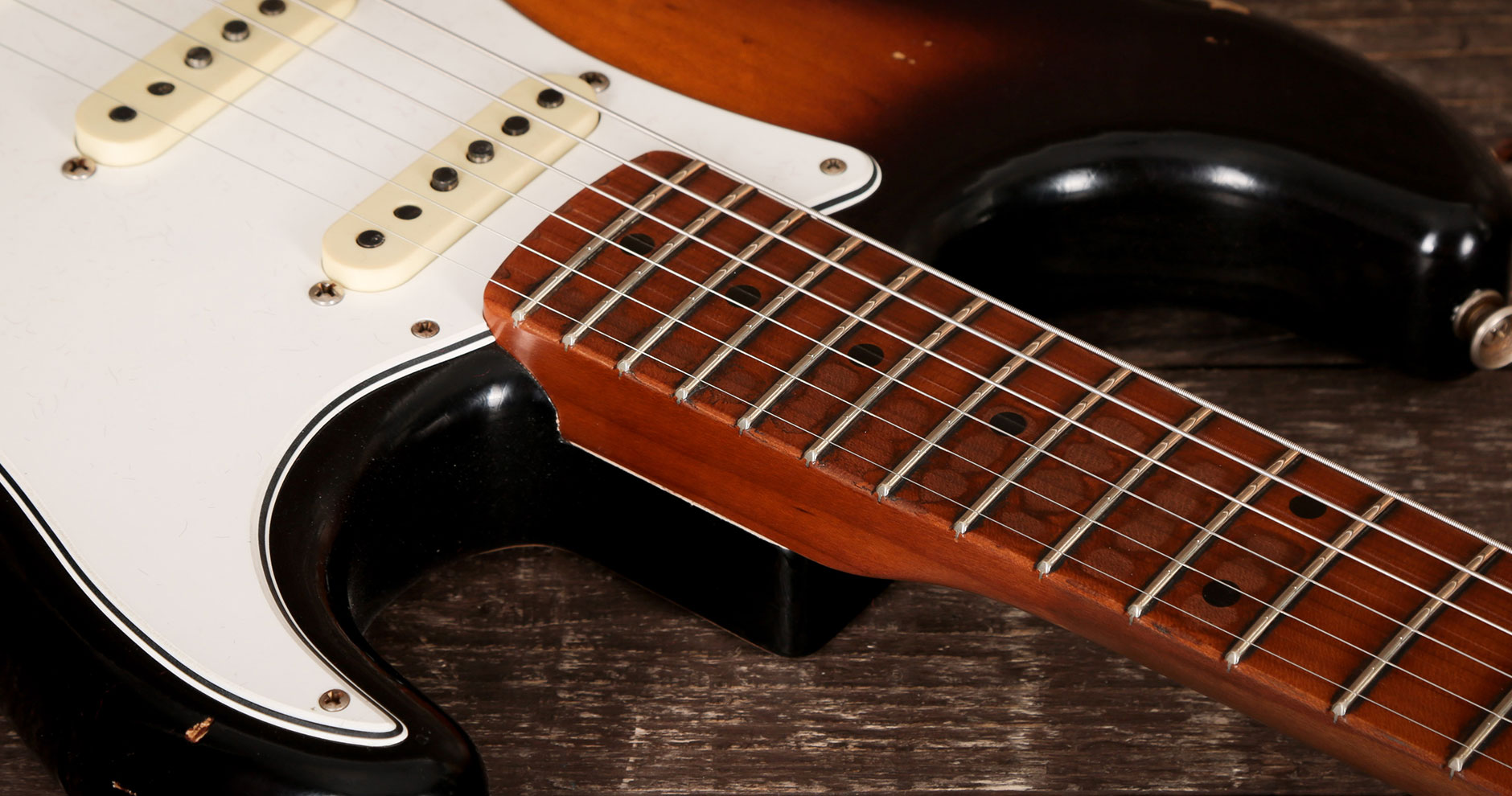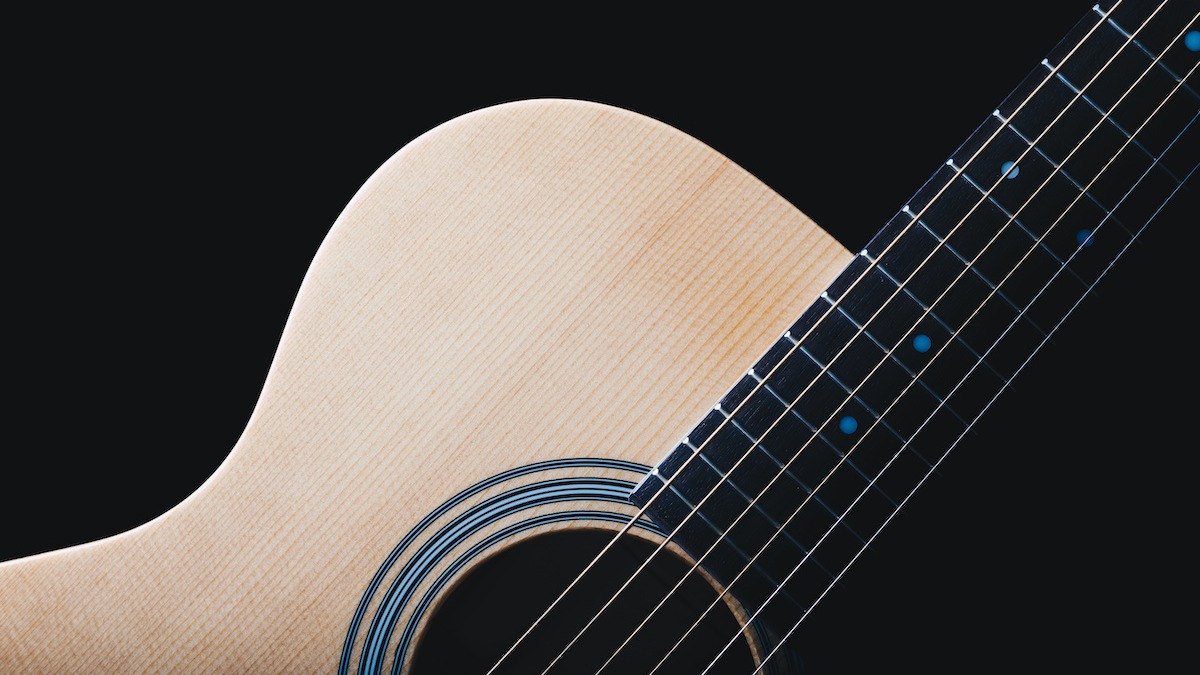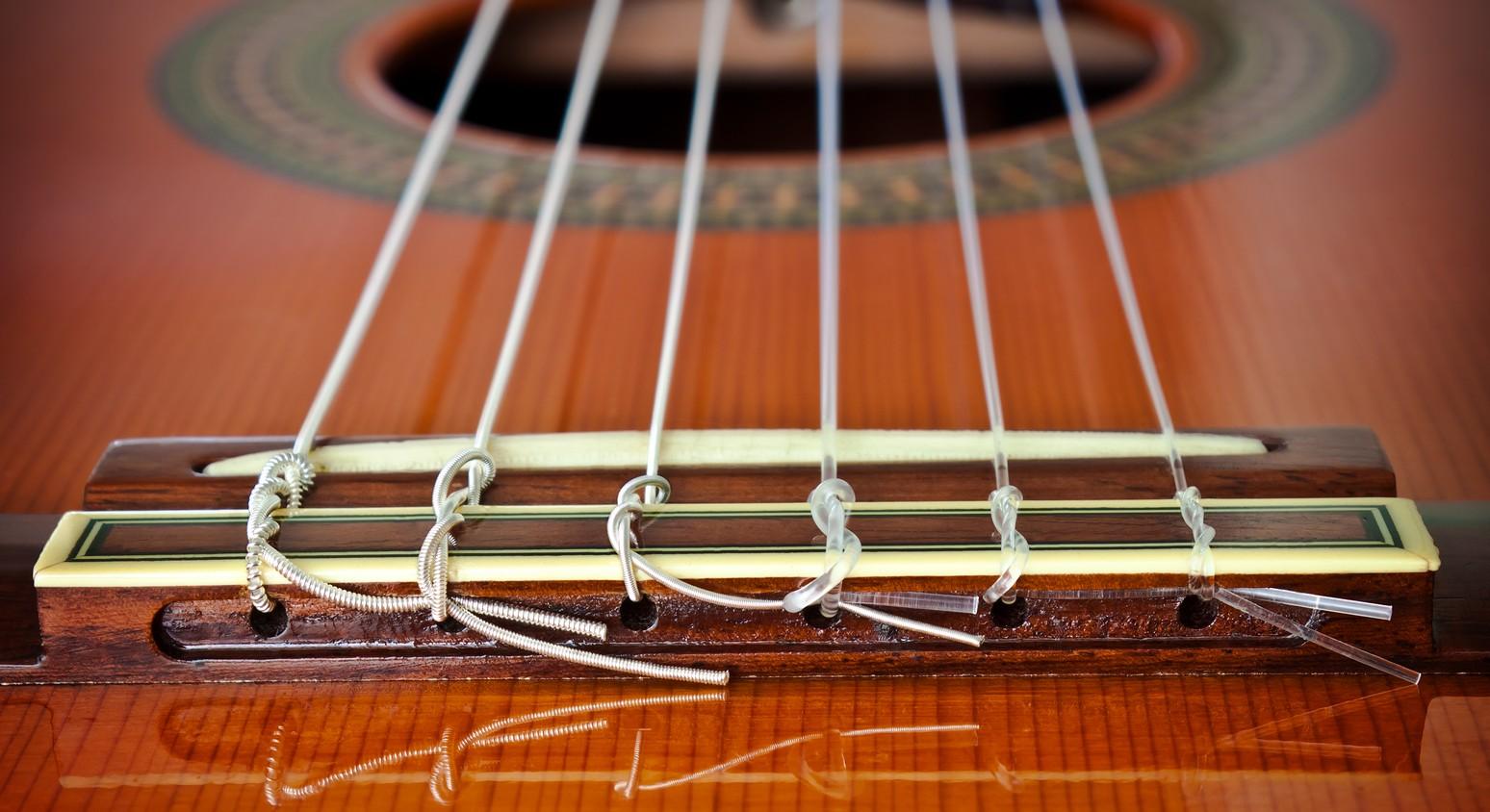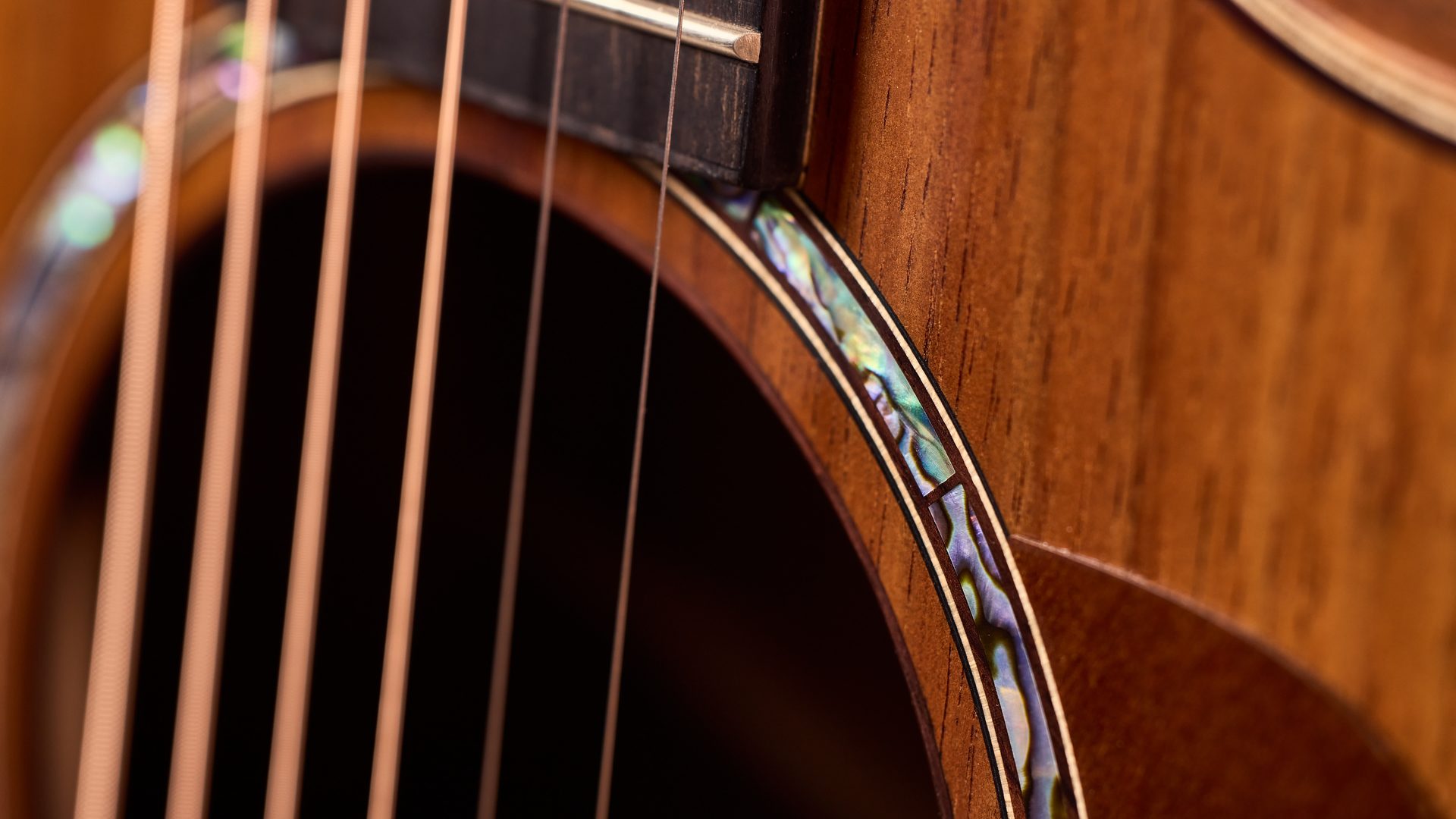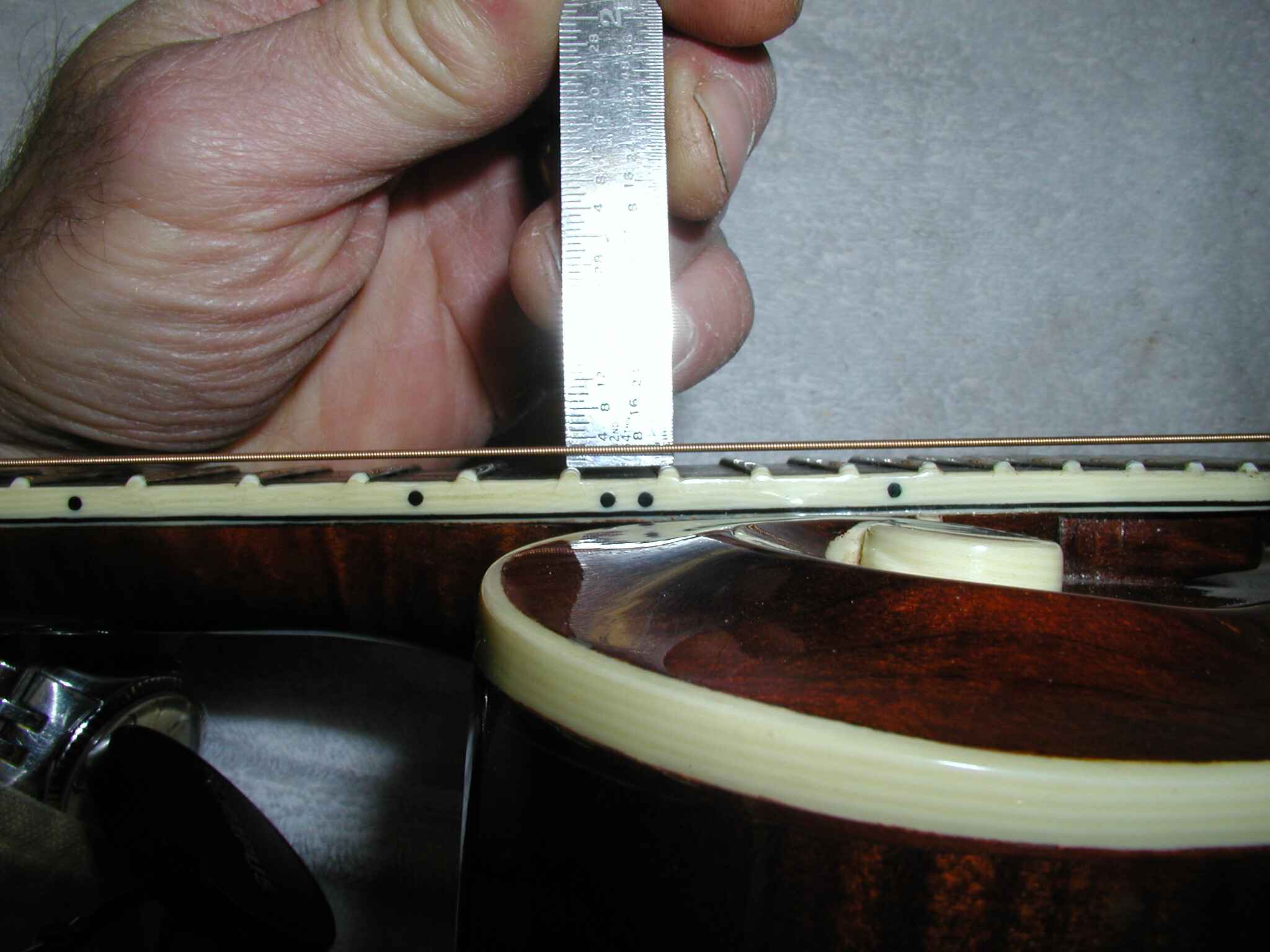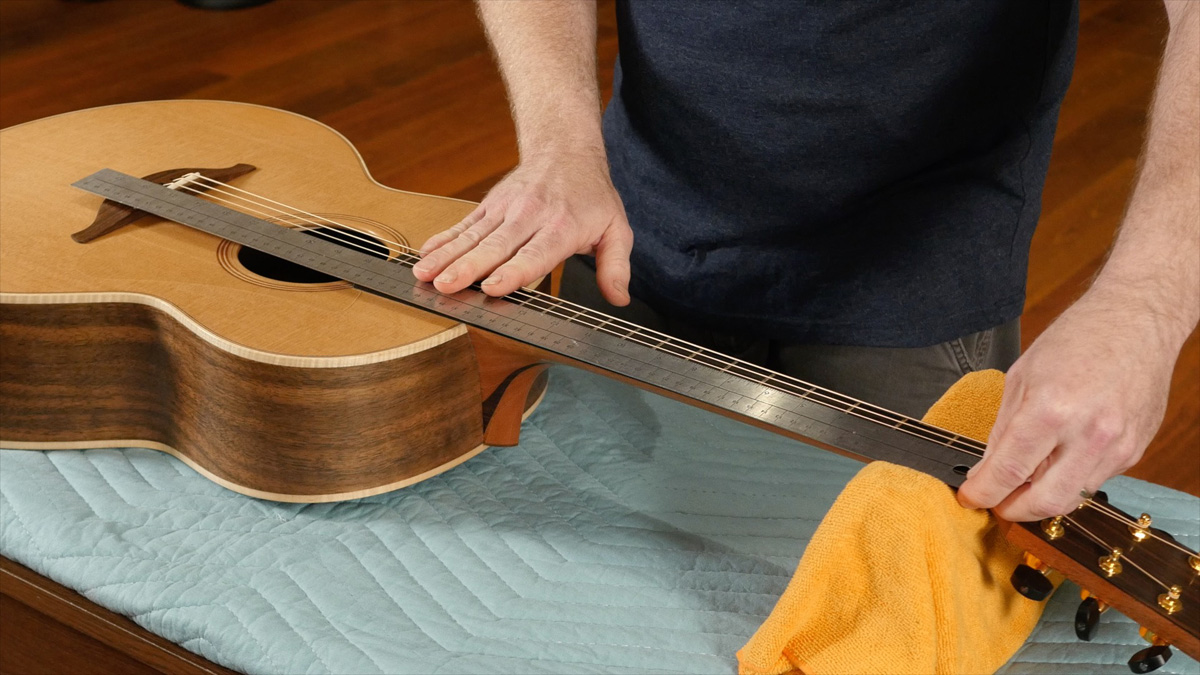Introduction
Whether you’re a beginner or an experienced guitarist, one of the most critical factors that can greatly influence the sound and playability of your acoustic guitar is the gauge of strings you use. The term “gauge” in the context of guitar strings refers to the thickness or diameter of the strings. The gauge you choose can have a significant impact on the tone, projection, and feel of your instrument.
Understanding the different gauges available and knowing how to select the right ones for your playing style and preferences is essential for every guitarist. In this article, we will explore the various gauge options for acoustic guitars, including light, medium, and heavy gauges. We’ll discuss the pros and cons of each gauge, as well as factors to consider when choosing the right strings for your acoustic guitar. Additionally, we will provide step-by-step instructions on how to change the strings on your instrument.
Whether you prefer a bright and crisp sound, a balanced tone, or a deep and rich resonance, selecting the appropriate string gauge is crucial for achieving the desired results. We’ll guide you through the process of finding the perfect gauge for your acoustic guitar so that you can enhance your playing experience and create the sound you’ve always envisioned.
What is Gauge?
Gauge, in the context of guitar strings, refers to the thickness or diameter of the strings. It is typically measured in thousandths of an inch. The gauge of a string is determined by the diameter of its core wire and the diameter of its winding wire (if applicable). Different gauges produce different sounds and have different playability characteristics.
Generally, acoustic guitar strings come in three main gauges: light, medium, and heavy. Light gauge strings have thinner diameters, medium gauge strings fall in the middle range, and heavy gauge strings have thicker diameters.
The thickness of the strings affects various aspects of your guitar’s sound and performance. Thinner strings tend to produce a brighter and more treble-focused tone, while thicker strings result in a fuller and warmer sound. The choice of gauge also influences the tension on the neck of your guitar and the overall playability. Lighter gauges are easier to bend and fret, making them suitable for beginners and players who prefer a lighter touch. Heavier gauges require more finger strength and can offer greater sustain and resonance.
It’s important to note that individual string manufacturers may have slight variations in their gauge measurements. So, it’s always a good idea to consult the specific string packaging or the manufacturer’s website to get accurate information about the gauge of the strings you intend to purchase.
Choosing the Right Gauge
When it comes to selecting the right gauge of strings for your acoustic guitar, there is no one-size-fits-all answer. The choice largely depends on your playing style, preferred tone, and the specific characteristics of your instrument. Here are some factors to consider when choosing the right gauge:
Playing Style: Consider your playing style and technique. If you enjoy playing intricate fingerpicking or prefer a lighter touch, you may find that lighter gauge strings (such as extra-light or light) are more suitable for your needs. On the other hand, if you play with a heavy strumming style or require more volume and projection, medium or heavy gauge strings might be a better fit.
Tone Preferences: Think about the tone you want to achieve. Lighter gauge strings tend to produce a brighter, more treble-focused sound, while heavier gauges offer a deeper, fuller tone with enhanced bass response. Consider the genre of music you primarily play and the sound you’re aiming for to guide your gauge selection.
Neck and Guitar Resonance: The tension exerted on the neck of your guitar varies with different gauges. Lighter gauge strings apply less tension, which can result in easier playability and less strain on the neck. Heavier gauge strings, on the other hand, create more tension, providing increased sustain and resonance. Be aware of your guitar’s neck condition and overall structure to ensure it can handle the tension of heavier gauges.
Personal Preference: Ultimately, it comes down to personal preference. Experiment with different gauges and see which ones feel and sound the best to you. Don’t be afraid to try something new and find your unique sound.
Remember, selecting the right gauge is not a one-time decision. As you develop as a player and refine your technique, your preferences may change. Don’t hesitate to explore different gauges and adjust accordingly to create the perfect balance of playability and tone for your acoustic guitar.
Light Gauge Strings
Light gauge strings are typically the thinnest option available for acoustic guitars. They are favored by many guitarists for their ease of playability and bright, treble-focused tone. Light gauge strings are often preferred by beginners, as they require less finger strength and allow for easier bending and fretting.
The exact measurements of light gauge strings may vary slightly depending on the manufacturer, but they generally fall within the range of .010 to .052 inches in diameter. These thinner strings produce a crisp and articulate sound, making them well-suited for genres such as folk, pop, and fingerstyle playing.
One of the advantages of light gauge strings is their responsiveness. Due to their thinner diameter, they are more sensitive to changes in picking dynamics, allowing for greater control over the tonal nuances. This can be particularly beneficial for players who enjoy expressive playing styles and want to achieve a wide range of dynamics in their music.
Light gauge strings also offer a lighter tension on the guitar’s neck, which can be advantageous for guitars with delicate or older necks. They put less strain on the instrument, reducing the risk of potential damage or warping. Additionally, the lower tension can result in a smoother playing experience, especially for players who enjoy fast and intricate fingerpicking techniques.
While light gauge strings have their benefits, they may not be suitable for every player or musical style. Due to their thinner construction, they can be prone to breaking or wearing out more quickly, especially if you have a heavy-handed playing style. If you frequently perform aggressive strumming or require heavier volume and projection, you may find that light gauge strings do not offer the desired level of power and sustain.
If you are a beginner or prefer a lighter touch, or if you primarily play softer genres and value responsiveness and easy playability, light gauge strings may be an excellent choice for your acoustic guitar. However, it’s worth experimenting with different gauges to find the one that best suits your playing style and desired tonal characteristics.
Medium Gauge Strings
Medium gauge strings offer a versatile balance between light and heavy gauges, making them a popular choice for many acoustic guitarists. With a slightly thicker diameter than light gauge strings, medium gauge strings provide a balanced and well-rounded tone that is suitable for a wide range of musical styles.
The diameter of medium gauge strings typically falls within the range of .011 to .056 inches, varying slightly depending on the manufacturer. This increase in thickness compared to light gauge strings results in a fuller sound with enhanced bass response. The added body and warmth can be particularly beneficial for genres such as blues, rock, and country.
One of the advantages of medium gauge strings is their ability to strike a balance between playability and tonal presence. They offer a slightly higher tension than light gauge strings, which can result in increased sustain and projection. This added tension can provide better control for players with a heavier touch or those who prefer dynamic strumming.
Medium gauge strings offer a good compromise for players who find light gauge strings too thin and heavy gauge strings too cumbersome. They provide enough resistance to allow for bending and expressive playing, while still maintaining a comfortable feel for most players. Whether you prefer fingerstyle picking or aggressive strumming, medium gauge strings can handle a variety of playing techniques.
It is important to note that switching from light gauge to medium gauge strings might require some adjustment to your guitar’s setup. The increased tension can put more stress on the guitar’s neck and bridge, causing slight adjustments to be necessary. It is advisable to consult a professional guitar technician if you are considering a switch to medium gauge strings.
With their balanced tone and versatility, medium gauge strings are an excellent choice for guitarists who want a fuller sound without sacrificing playability. Whether you’re a rhythm player or lead guitarist, medium gauge strings can provide the right amount of responsiveness and depth to enhance your playing experience.
Heavy Gauge Strings
Heavy gauge strings, also known as thick gauge strings, are the thickest option available for acoustic guitars. These strings offer a powerful and robust tone with enhanced bass response, making them a popular choice for guitarists who prefer a deep, resonant sound.
The diameter of heavy gauge strings typically ranges from .012 to .056 inches, although specific measurements may differ slightly depending on the manufacturer. Due to their increased thickness, heavy gauge strings require more finger strength and exert higher tension on the guitar’s neck and body.
One of the key advantages of heavy gauge strings is their ability to produce excellent sustain and projection. The added tension can result in greater volume and improved resonance, making them ideal for genres that require powerful projection, such as blues, bluegrass, and heavy rock.
Heavy gauge strings offer a rich and distinctive tone with a strong low-end presence, making them suitable for players who seek a bold and deep sound. The thicker strings can provide greater clarity and articulation, allowing intricate bass lines and fingerpicking patterns to stand out in the mix.
While heavy gauge strings offer several advantages in terms of tone and projection, they may not be suitable for every player or guitar. The increased tension and thickness of these strings make them less forgiving when it comes to bending and fretting. They may require extra finger strength and can be challenging for beginners or players with a lighter touch.
It’s important to consider the physical limitations of your instrument as well. Heavy gauge strings exert more tension on the guitar’s neck, which can cause adjustments or potential damage if your guitar is not built to handle these higher tensions. It is advisable to consult a professional guitar technician if you plan to switch to heavy gauge strings.
If you are a guitarist who enjoys a forceful and dynamic playing style, or if you play in genres that require a strong presence and deep resonance, heavy gauge strings can provide the tone and projection you are looking for. However, be prepared for the additional finger strength required and any necessary setup adjustments to accommodate the increased tension.
Factors to Consider When Choosing Gauge
When choosing the gauge of strings for your acoustic guitar, there are several important factors to take into consideration. These factors will help you find the right balance between playability, tone, and overall performance. Here are some key considerations:
Playing Style and Genre: Consider your playing style and the genre of music you primarily play. Different gauges can complement different playing techniques and musical genres. Lighter gauges are often preferred for fingerpicking and lighter styles, while heavier gauges are suitable for aggressive strumming and genres that require more power and projection.
Tone Preference: Think about the specific tone you want to achieve. Light gauge strings tend to produce a brighter and more treble-focused sound, while heavier gauges offer a fuller and warmer tone with enhanced bass response. Consider the tonal characteristics you desire and choose a gauge that aligns with your preferences.
Neck and Guitar Resonance: The gauge of strings directly affects the tension exerted on the guitar’s neck. Lighter gauge strings apply less tension, which can be advantageous for guitars with delicate or older necks. On the other hand, heavier gauge strings can provide increased sustain and resonance. Evaluate the condition of your guitar’s neck and how it responds to tension when selecting the appropriate gauge.
Playability: Consider your level of playing experience and your finger strength. Lighter gauge strings require less finger strength and are easier to play, making them suitable for beginners or players with a lighter touch. Heavier gauge strings offer more resistance and are favored by players who prefer a robust and forceful playing style. Choose a gauge that feels comfortable and allows you to execute your desired playing techniques.
Guitar Setup: Keep in mind that changing string gauges may require adjustments to your guitar’s setup. Higher tension strings may necessitate modifications to the truss rod, bridge height, or nut slots. If you are switching to a significantly different gauge, it is recommended to consult a professional guitar technician to ensure proper setup and prevent potential damage to your instrument.
By taking these factors into consideration, you can make an informed decision when choosing the gauge of strings for your acoustic guitar. Remember that personal preference plays a significant role, so don’t be afraid to experiment with different gauges to find the perfect fit for your playing style, tone preferences, and instrument.
How to Change the Strings on Your Acoustic Guitar
Changing the strings on your acoustic guitar is an essential maintenance task that should be performed regularly. Here is a step-by-step guide to help you through the process:
- Gather the necessary tools and materials: You will need a new set of strings, a string winder (optional but recommended), a pair of wire cutters or guitar string clippers, and a clean cloth.
- Remove the old strings: Starting with the low E string, unwind and loosen it at the tuning peg. Once it is slack, carefully remove the string from the bridge by pulling it out of the bridge pin. Repeat this process for all the strings, removing them one by one.
- Clean the guitar: Take the opportunity to clean the guitar’s body, neck, and fretboard with a clean cloth, removing any dirt or residue that may have accumulated.
- Prepare the new strings: Unpack the new set of strings. Some sets may have color-coded ball ends to indicate which string is which. Separate the strings and unravel them carefully.
- Install the new strings: Beginning with the low E string, insert the ball end into the corresponding bridge pin hole. Make sure the string is securely in place before pushing the bridge pin all the way down, holding the string in position. Repeat this process for all the strings, threading each one through its respective bridge pin hole.
- Attach the strings to the tuning pegs: Leave a few inches of excess string at the tuning peg end before cutting off the excess. Insert the end of the string into the corresponding hole on the tuning peg. Begin winding the string onto the peg, making sure the wraps are neat and tight.
- Tune the strings: Use a tuner to gradually tighten each string, starting with the low E string and moving up to the high E string. Tune each string to the desired pitch, repeating the process and fine-tuning as needed.
- Stretch and settle the strings: After tuning, gently stretch each string by pulling it away from the fretboard in various spots. This helps to settle the strings and improves their stability. Retune the strings once again.
- Trim any excess string: Using wire cutters or string clippers, carefully cut off any excess string length protruding from the tuning pegs. Be cautious to avoid scratching the guitar’s surface.
- Final tuning and adjustments: Give the strings a final tuning and check for any necessary adjustments to the guitar’s intonation or action. This can be done by examining the bridge and nut height, or by consulting a professional guitar technician for more precise adjustments.
By following these steps, you can successfully change the strings on your acoustic guitar and ensure that it performs and sounds its best. Regularly replacing your strings will help maintain a fresh and vibrant tone while minimizing the risk of string breakage during performance or practice sessions.
Conclusion
Choosing the right gauge of strings for your acoustic guitar is a crucial decision that can significantly impact your playing experience, tone, and overall sound. Understanding the different gauge options available, such as light, medium, and heavy gauges, allows you to make an informed choice based on your playing style, tonal preferences, and guitar requirements.
Light gauge strings offer easy playability and a bright, treble-focused tone, making them ideal for beginners and players who enjoy fingerpicking and lighter playing styles. Medium gauge strings strike a balance between playability and tone, providing versatility for various genres and playing techniques. Heavy gauge strings deliver a powerful, resonant sound with enhanced bass response, suited for players seeking a deep and robust tone.
When selecting a gauge, factors like your playing style, preferred tonal characteristics, and guitar’s neck resilience should be considered. The gauge of strings can impact the tension on the neck, resonance of the instrument, and overall playability. It’s essential to find the gauge that feels comfortable and produces the desired tone for your musical style.
Once you’ve chosen the appropriate gauge for your acoustic guitar, learning how to change the strings is an important skill every guitarist should have. Following the step-by-step process of removing the old strings, cleaning the guitar, installing the new strings, and properly tuning and settling them will ensure optimal sound and performance.
Regularly changing your strings and selecting the right gauge for your acoustic guitar not only improves the tone but also enhances your playing experience. Whether you prefer a bright and articulate sound or a deep and resonant tone, finding the perfect gauge can transform your guitar’s sound and allow you to express your musicality with confidence.
Experimentation and personal preference play a significant role in determining the best gauge for your acoustic guitar. Don’t be afraid to try different gauges to discover the one that suits your unique playing style, tone preferences, and musical expression. With the right gauge of strings, you can unlock the full potential of your acoustic guitar and embark on a musical journey filled with creativity and satisfaction.









